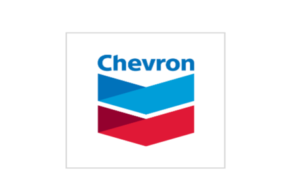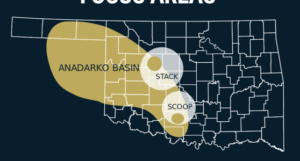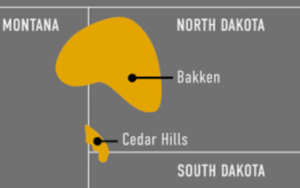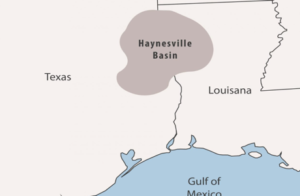DENVER – Today the U.S. Environmental Protection Agency (EPA) and the U.S. Department of Justice announced that Noble Energy, Inc., Noble Midstream Partners LP, and Noble Midstream Services, LLC (collectively, Noble) have agreed to pay $1 million and implement enhanced containment measures and electronic sensors at tank batteries operating in Colorado floodplains.
The agreement, lodged as a proposed consent decree with the U.S. District Court for the District of Colorado, resolves Clean Water Act claims at two oil and gas production facilities in Weld County, Colorado.
The United States concurrently filed a civil complaint with the proposed consent decree detailing alleged violations of the Clean Water Act at the facilities. These violations include a 2014 unauthorized discharge of oil from the State M36 Facility into the Poudre River and noncompliance with regulations issued to prevent and respond to oil spills at the State M36 Facility and the Wells Ranch Facility.
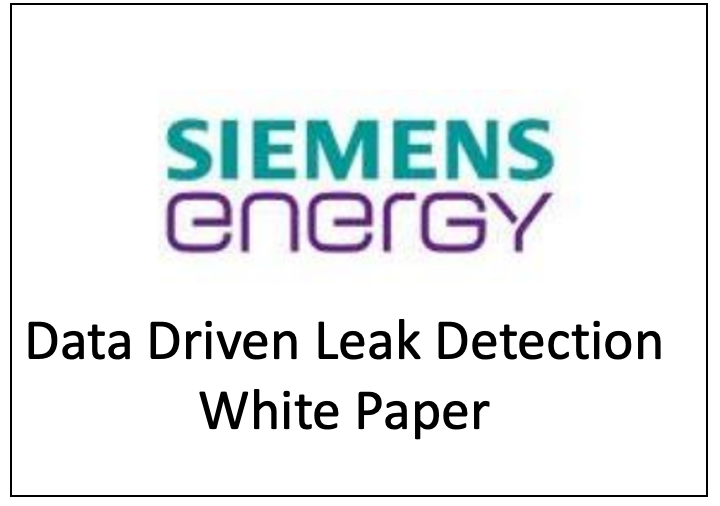
“EPA will continue to make sure facilities like the State M36 and Wells Ranch Facilities comply with the federal requirements that safeguard our communities and our rivers and streams,” said Suzanne Bohan, director of EPA Region 8’s Enforcement and Compliance Assurance Division. “This agreement will help prevent future oil discharges to Colorado’s waters by requiring Noble to invest in improved spill containment and response measures at all tank battery sites operating in floodplains.”
The settlement requires installation of steel oil-spill containment berms and remote monitoring sensors, as well as tank anchoring at all of Noble’s active tank batteries in Colorado floodplains. Noble Midstream must also implement and provide periodic reports on a facility response training, drills, and exercises program at the Wells Ranch facility. The $1 million penalty will be deposited into the Oil Spill Liability Trust Fund, a fund used by federal agencies to respond to discharges of oil and hazardous substances.
The State M36 Facility is located in a 100-year floodplain approximately 400 feet from the Poudre River. At some time between May 24, 2014, and June 20, 2014, high flows on the Poudre River flooded the State M36 Facility, breaking a valve on a 300-barrel storage tank and discharging approximately 173 barrels (7,266 gallons) of condensate and produced water into the Poudre River and its adjoining shorelines.
Noble Energy remediated the impacted environment following the spill and decommissioned the tank battery in April 2019. During its investigation of the State M36 spill, EPA found deficiencies in Noble Energy’s Spill Prevention Control and Countermeasure (SPCC) Plan, which Noble Energy has since corrected.
EPA inspected the Wells Ranch Facility on two occasions and found its Facility Response Plan (FRP) and SPCC Plan did not meet the regulatory requirements. EPA also conducted two unannounced oil spill response exercises, which Noble Midstream was unable to complete.
Noble Midstream has since remedied the SPCC and FRP deficiencies by purchasing additional response equipment, conducting employee training, submitting a revised SPCC Plan, and submitting a revised FRP. Noble Midstream also demonstrated its ability to properly conduct an oil spill response drill and exercise.
The Oil Pollution Prevention requirements of the Clean Water Act are intended to prevent discharges of oil and facilitate responses if discharges occur. All facilities with 1,320 gallons of oil that have the potential for a spill to reach waters of the United States are required to have SPCC Plans.
The State M36 Facility is located in a 100-year floodplain approximately 400 feet from the Poudre River. At some time between May 24, 2014, and June 20, 2014, high flows on the Poudre River flooded the State M36 Facility, breaking a valve on a 300-barrel storage tank and discharging approximately 173 barrels (7,266 gallons) of condensate and produced water into the Poudre River and its adjoining shorelines.
Noble Energy remediated the impacted environment following the spill and decommissioned the tank battery in April 2019. During its investigation of the State M36 spill, EPA found deficiencies in Noble Energy’s Spill Prevention Control and Countermeasure (SPCC) Plan, which Noble Energy has since corrected.
EPA inspected the Wells Ranch Facility on two occasions and found its Facility Response Plan (FRP) and SPCC Plan did not meet the regulatory requirements. EPA also conducted two unannounced oil spill response exercises, which Noble Midstream was unable to complete.
Noble Midstream has since remedied the SPCC and FRP deficiencies by purchasing additional response equipment, conducting employee training, submitting a revised SPCC Plan, and submitting a revised FRP. Noble Midstream also demonstrated its ability to properly conduct an oil spill response drill and exercise.
The Oil Pollution Prevention requirements of the Clean Water Act are intended to prevent discharges of oil and facilitate responses if discharges occur. All facilities with 1,320 gallons of oil that have the potential for a spill to reach waters of the United States are required to have SPCC Plans.
For more information on the Clean Water Act, visit EPA’s compliance web page: http://www.epa.gov/compliance/civil/cwa/index.html
For more information on SPCC and FRP regulatory requirements visit EPA’s compliance web page: http://www.epa.gov/oil-spills-prevention-and-preparedness-regulations
Energy News
Permit Reports









